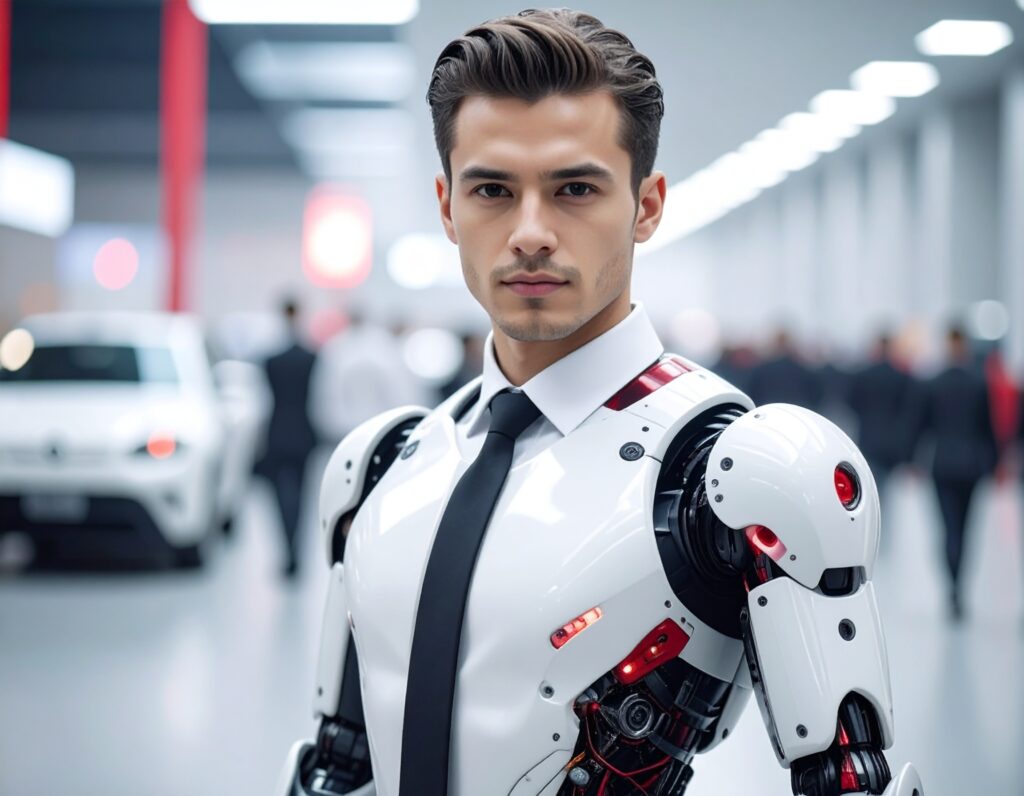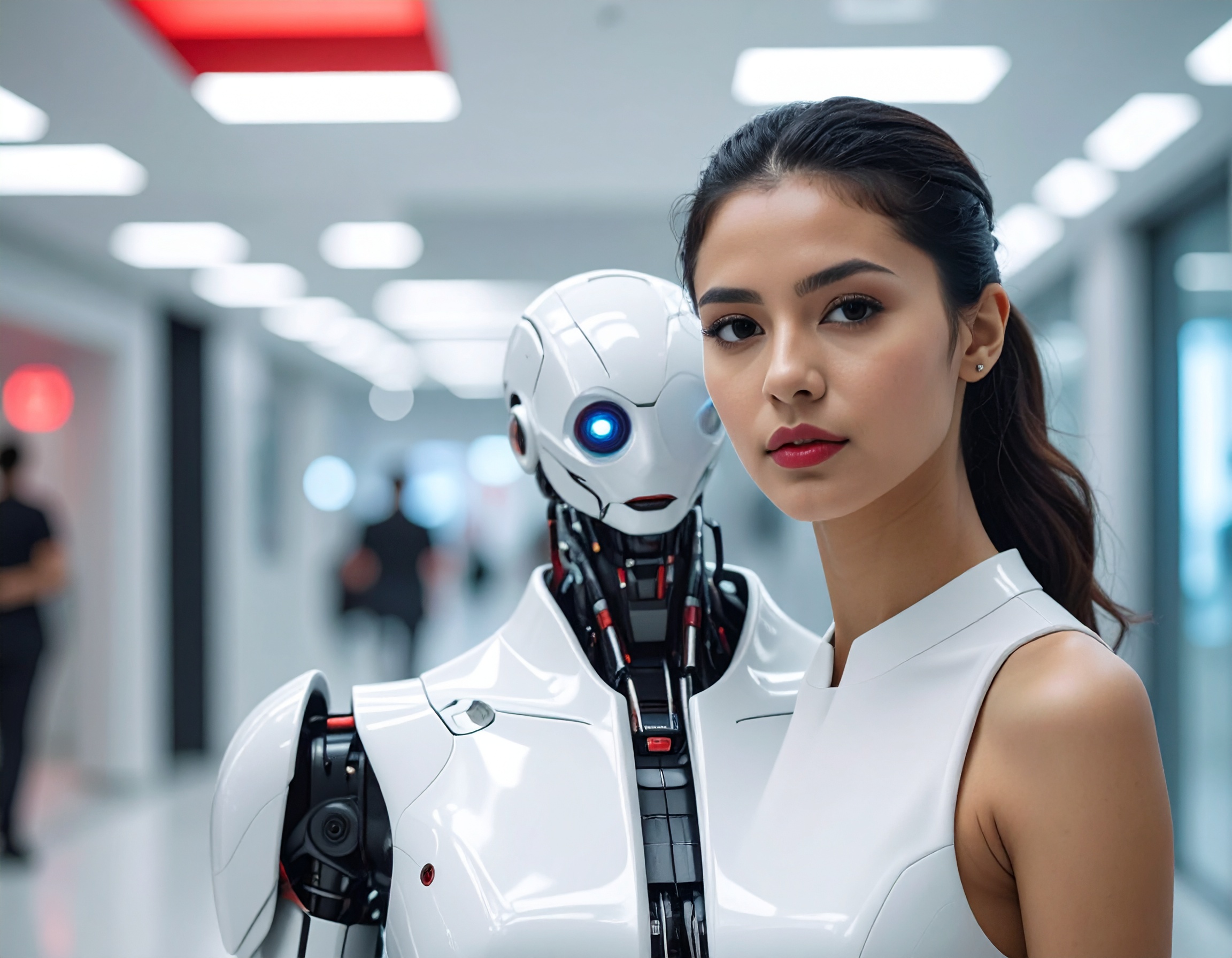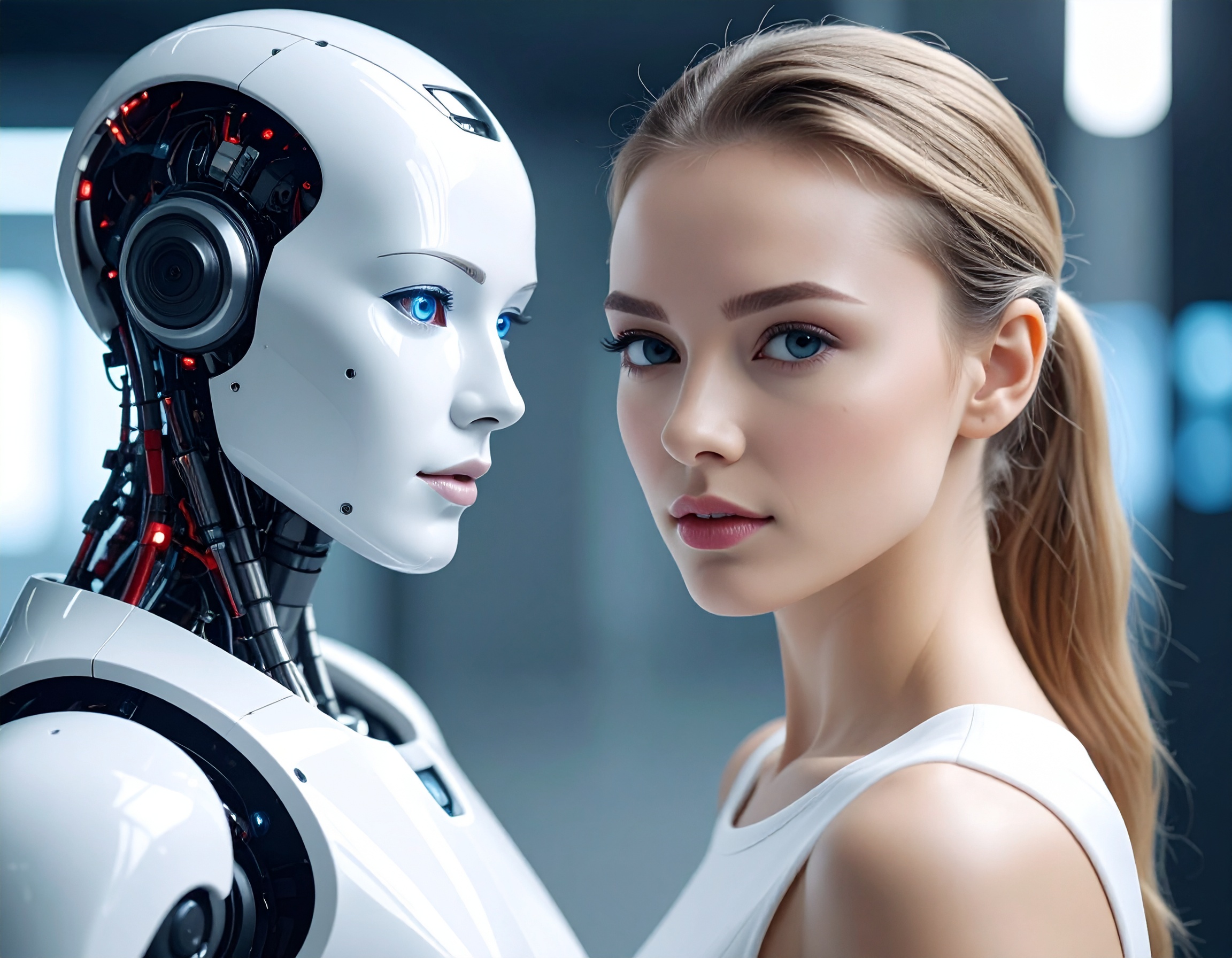AI’s New Workforce: The Boom of AI Employees and Voice-Driven Non-Human Workers

In a new market outlook released 27 November 2025, the global AI‑integrated Service Robots Market — the industry behind AI-powered robots used for both industrial and service tasks — is projected to expand rapidly between 2025 and 2034 . These “AI Employees” — or “Non-Human Workers” — leverage machine learning, computer vision, sensor fusion, and natural language processing (NLP) to perform tasks previously done by humans. Unlike traditional pre-programmed machines, these robots can perceive their surroundings, adapt in real time, and increasingly learn from their experiences.
What’s driving the surge
- In 2024, the hardware portion of the market — the physical components like sensors, motors, robotic arms — held the largest share, because reliable hardware remains essential for real-world interaction.
- However, over the forecast period, the software segment is expected to grow fastest. The “brain” of these “Voice AI Agents” — the ML models, computer vision, NLP, mapping, and decision-making algorithms — becomes ever more critical as robots operate in dynamic settings.
- Among the enabling technologies, machine learning remains dominant in 2024, but natural language processing is expected to accelerate fastest — pointing to a future where robots conversing in human-like way, understanding commands and context, becomes widespread.
Who’s using the Robots — and why
As of 2024, “industrial robots” (factories, manufacturing floors) accounted for the largest application share. This reflects how early robotic deployment focused on repetitive, high-precision tasks, where AI adds consistency, speed, and lower long-term costs.
Yet, from 2025 onward, “service robots” — e.g. for logistics, healthcare, cleaning, hospitality, eldercare — are forecast to grow the fastest, driven by labor shortages, rising wages, and growing demand for efficiency and automation across sectors.
Among end users, manufacturing remains the largest segment. But the fastest growth is expected in transportation & logistics — thanks to booming e-commerce — and in health care, retail, and service sectors seeking to fill workforce gaps and scale operations.

Why it matters now
This shift marks a turning point: we’re moving from purely mechanical automation to intelligent, context-aware robotic workers — “Voice AI Agents” that can see, speak, decide, and learn. As such robots become more capable and affordable, they stand to reshape whole industries. For companies, this promises substantial efficiency gains, cost savings, and capacity to scale rapidly. For societies facing skilled-labor shortages — especially in healthcare, logistics, eldercare — it may mean more reliable services and less dependence on human labor.
Moreover, the growing software-centric nature of these robots means the innovation focus shifts from pure hardware manufacturing to AI, data, human-robot interaction — a change that opens the door for new startups and rapid technological evolution.
Key Highlights:
- The AI-integrated Service Robots Market is forecast to grow significantly from 2025 through 2034.
- Hardware dominated in 2024, but software (ML, computer vision, NLP, sensor fusion) is poised to grow fastest.
- Industrial robots currently lead applications, but service robots (logistics, healthcare, cleaning, hospitality) are expected to expand fastest.
- Drivers of growth include labour shortages, rising wages, demand for efficiency, and advances in AI enabling robots to behave more like human-aware workers.
Reference:
https://www.precedenceresearch.com/ai-integrated-service-robots-market

